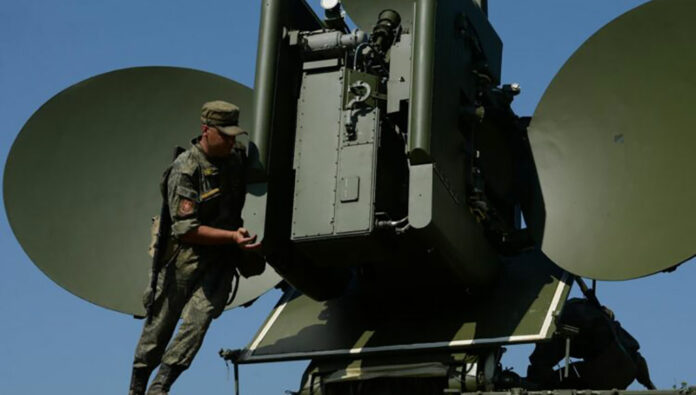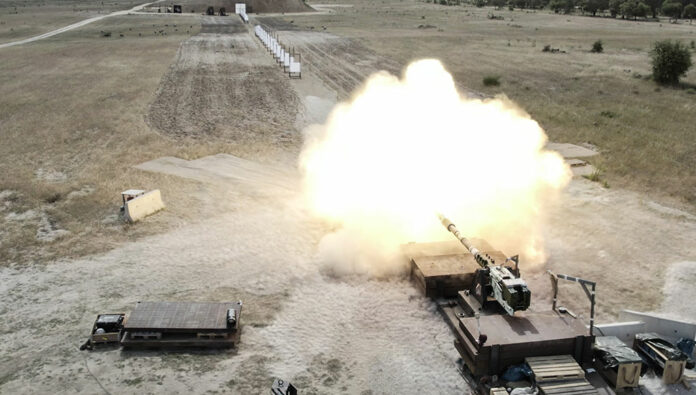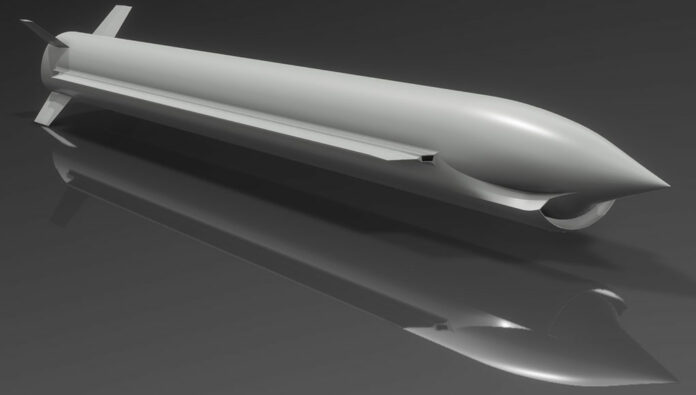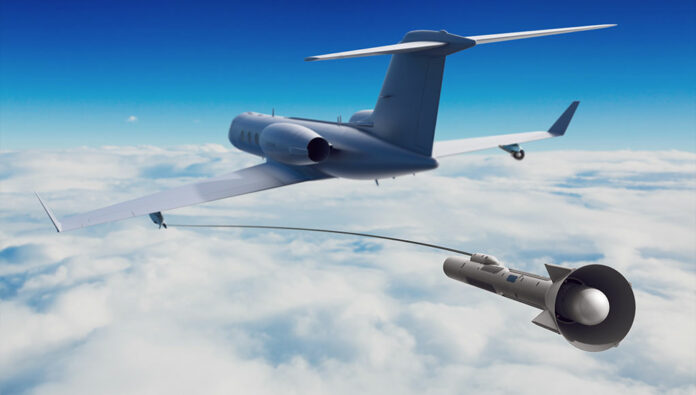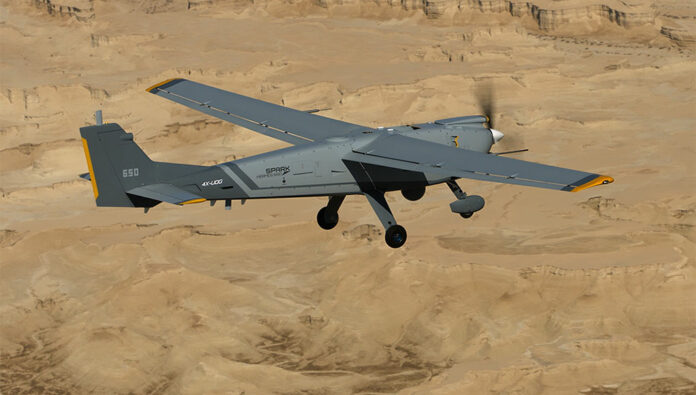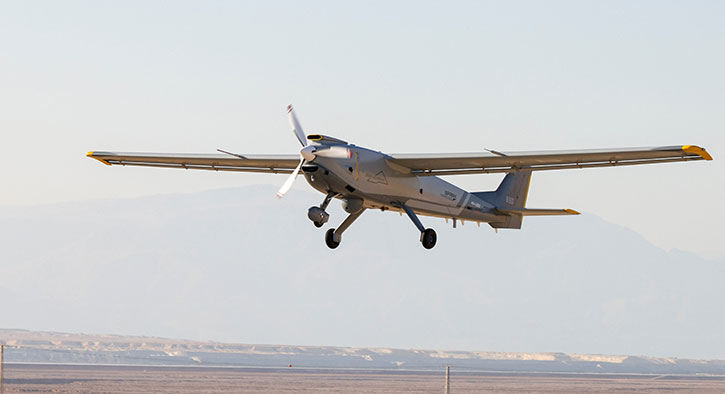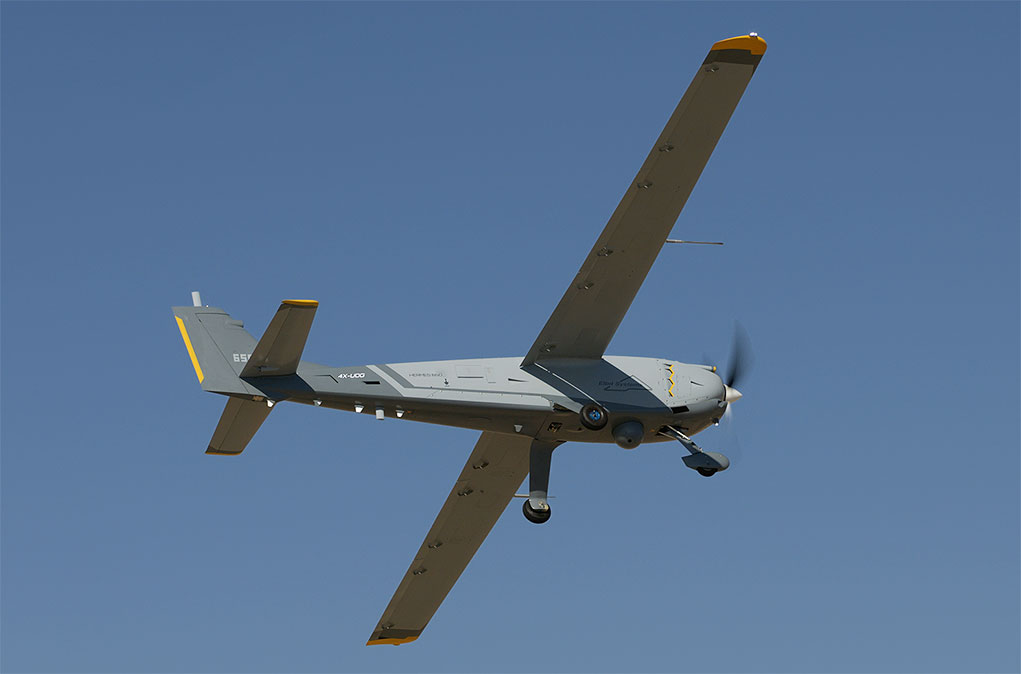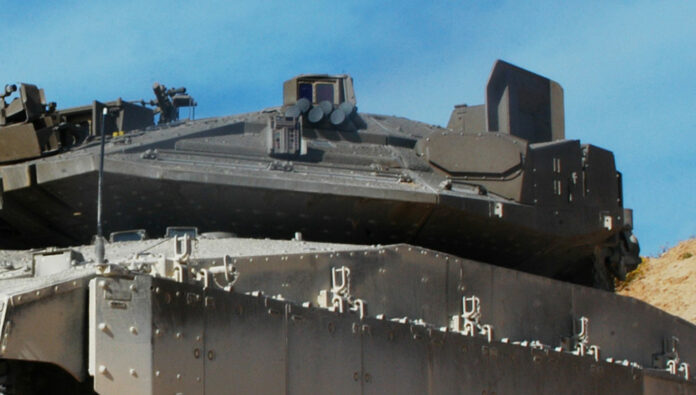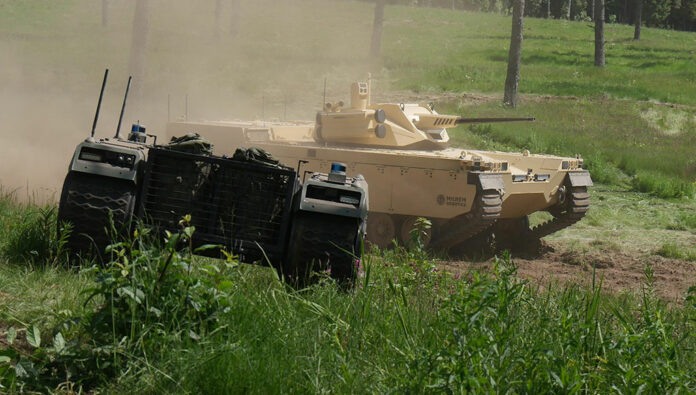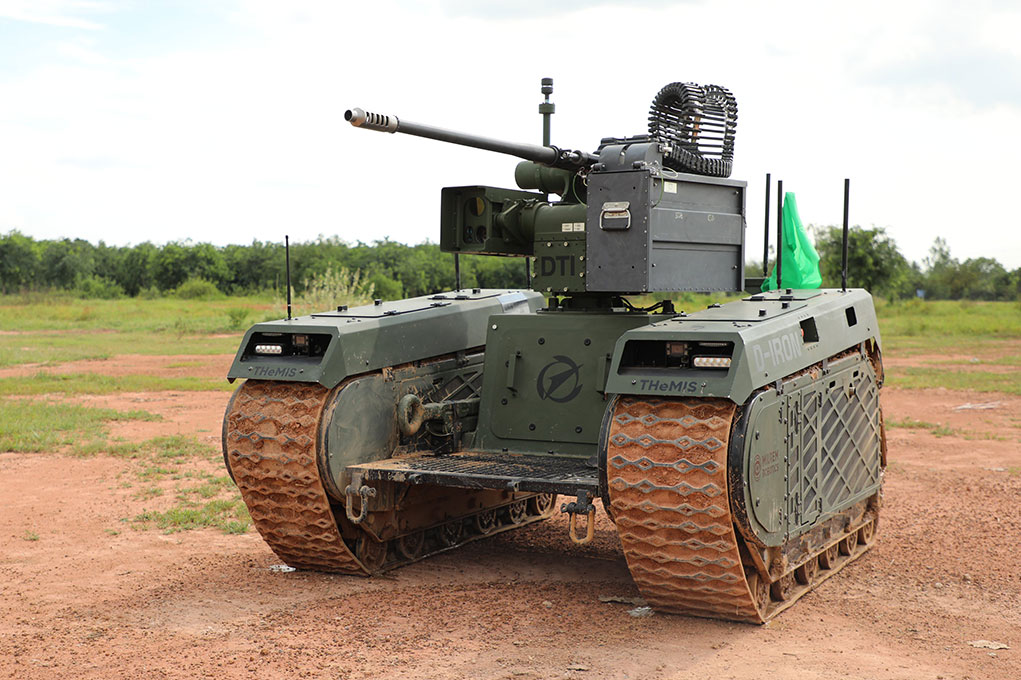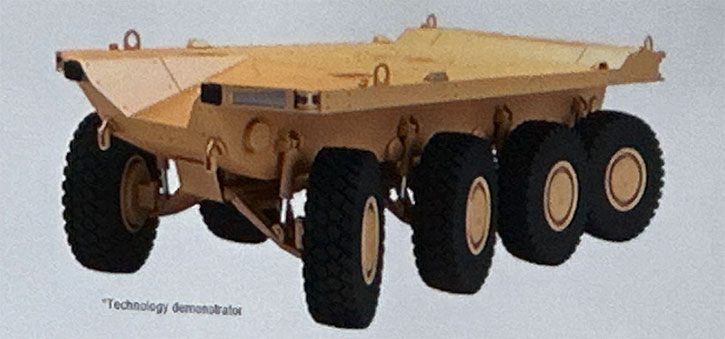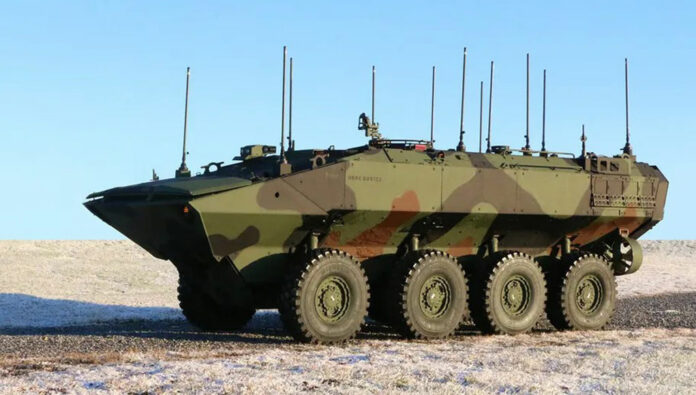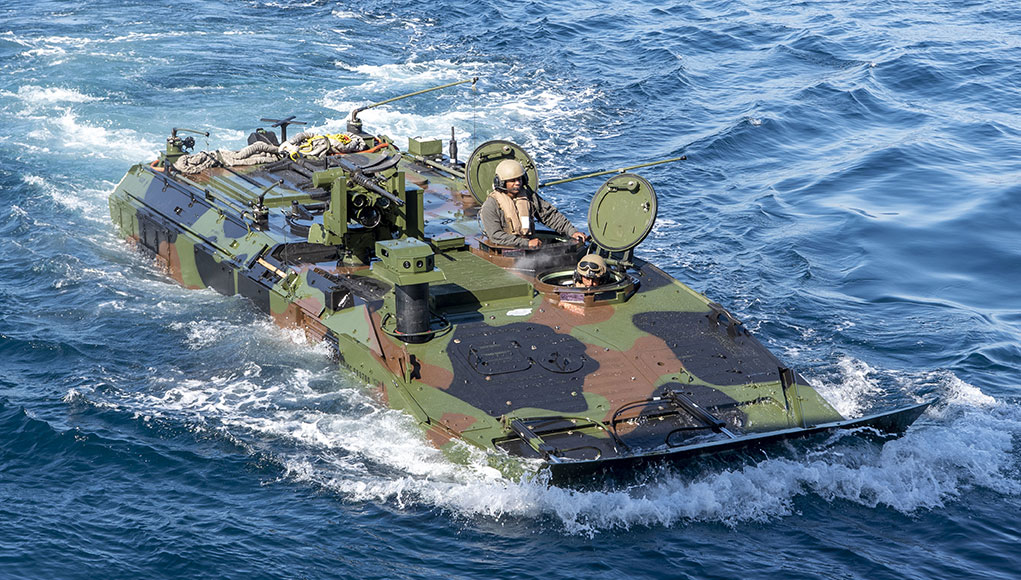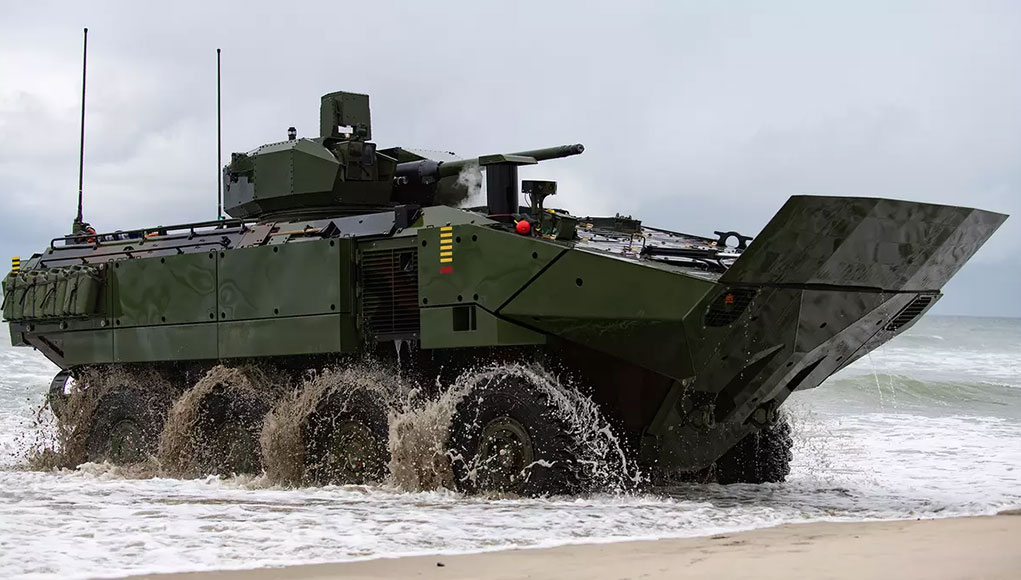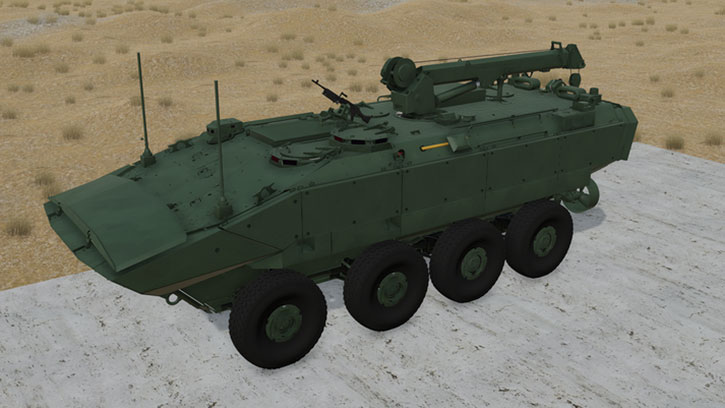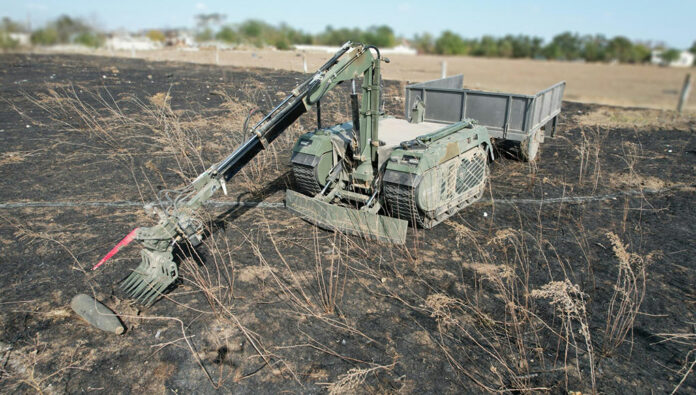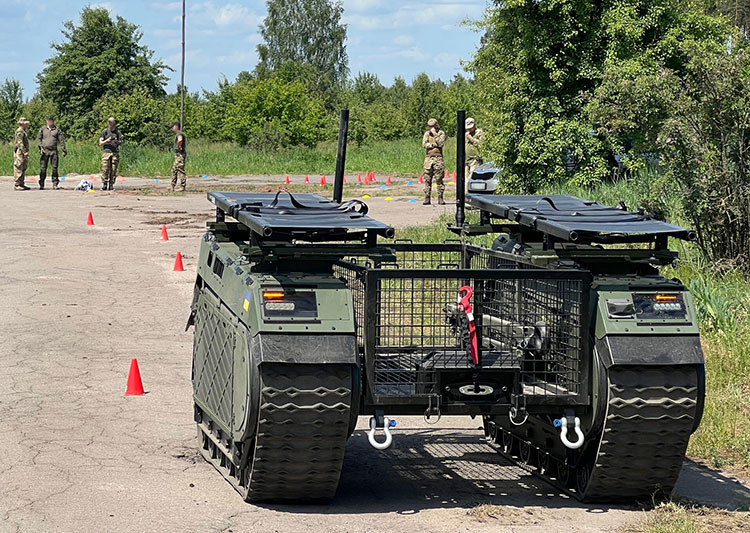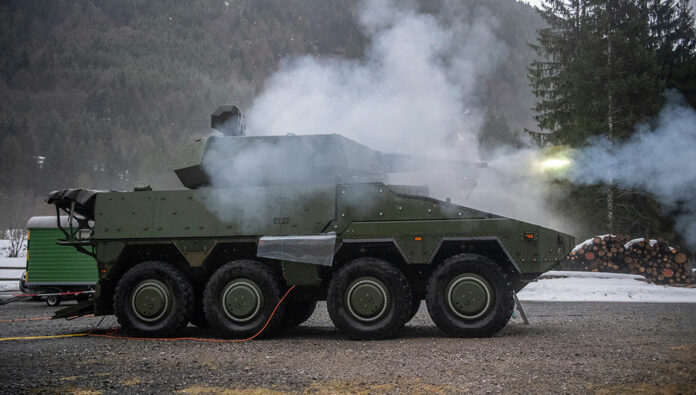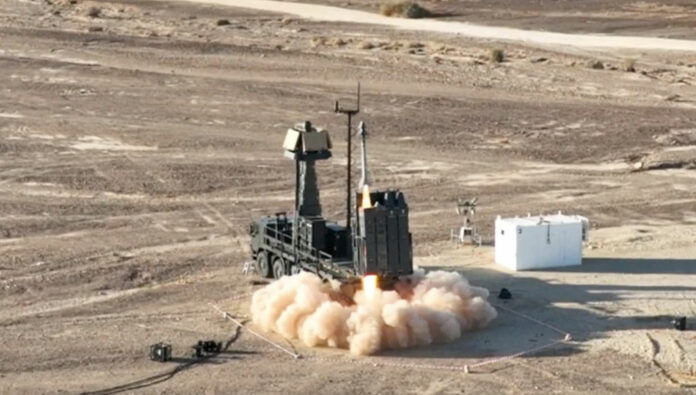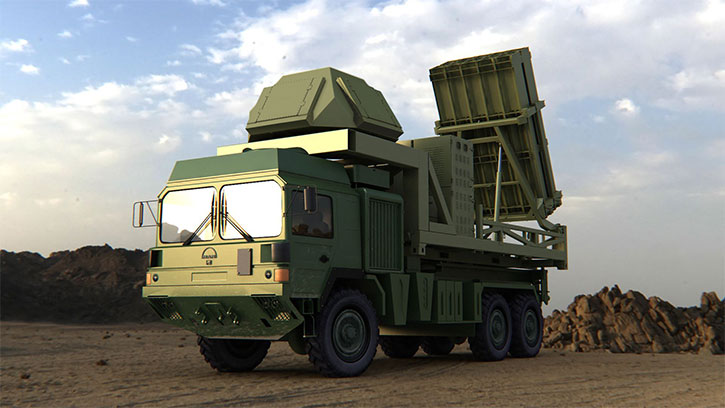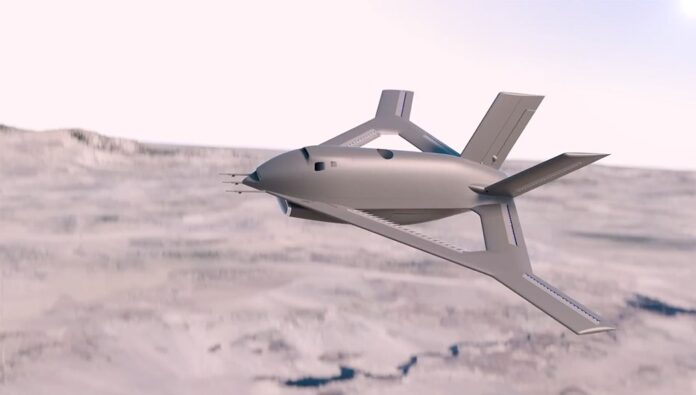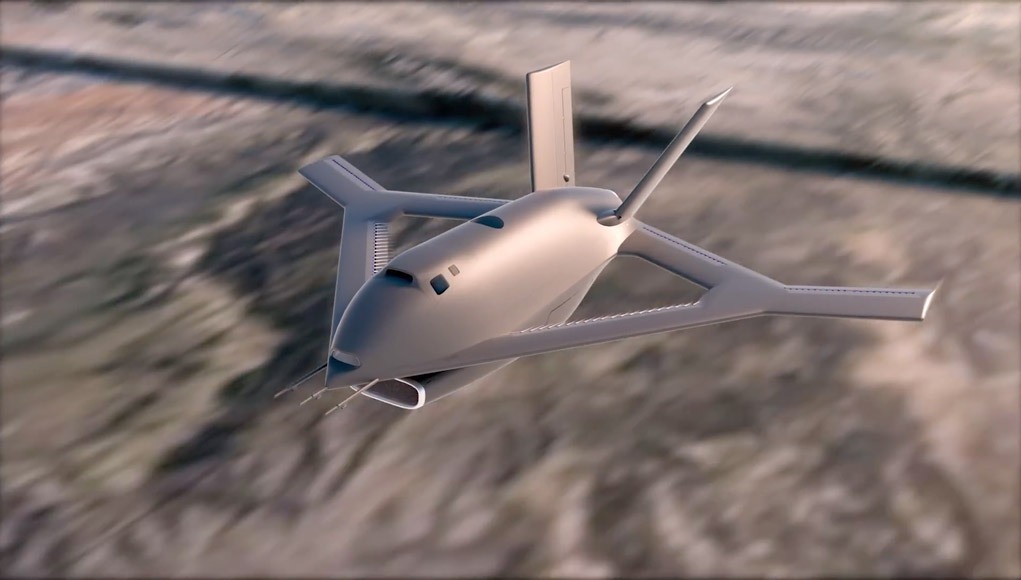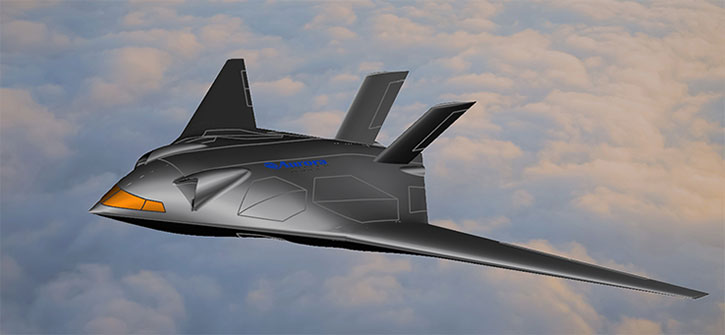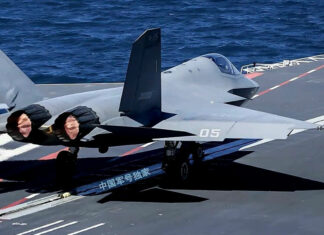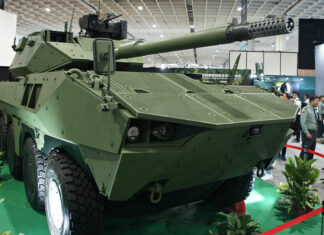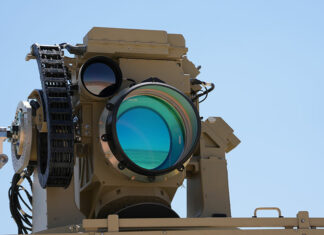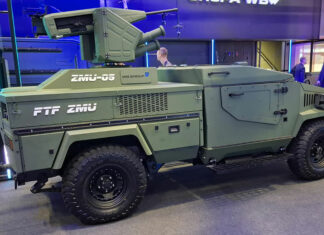The aerospace and defense sectors are experiencing a transformative shift, largely driven by integrating artificial intelligence (AI) and machine learning (ML) technologies into sensors, weapons, and information systems designed for the military. In an environment where precision, rapid decision-making, and robustness are crucial, AI/ML has emerged as a key technology, accelerating situational understanding and decision-making and improving operational efficiency. These techniques make military operations more likely to overcome the ‘fog of war,’ with senses and situational understanding sharpened by AI/ML based on the endless and continuous collection of signals rather than the indications visible to the human eye. The unique requirements of these sectors, such as multi-domain operation, resilience under extreme conditions, high-stakes decision-making, interoperability, and advanced security measures, set the stage for AI to make a significant impact.
Market Drivers and Unique Requirements
Several key factors drive the aerospace and defense sector’s pivot towards AI:
1. Rapid and Accurate Decision-Making: Military operations are decisive in time and space. The ability of AI systems to quickly process and analyze vast amounts of data is crucial for strategic and operational decisions in real time. Tapping information from different sources and domains and rapidly fusing that data provides decision-makers the actional intelligence that can be implemented within short cycles to create the desired effect within the allocated time and space.
2. Resilience and Reliability: AI applications must perform consistently in diverse and challenging environments; their recommendation and responses must be trustable, reliable, and free from ‘hallucinations’ encountered by the commercial Large Language Models (LLMs). Confidence and trust are the most important factors in military AI systems, enabling users to leverage those systems to their highest value. Safety and confidence should not be designing features but part of the baseline infrastructure of military AI systems. Physical safety and security should also be considered by employing distributed systems, edge processing, and robust and resilient networking to keep AI ready and available to support operational forces anywhere and anytime.
3. Ethical and Controlled Automation: Regardless of the checks and balances that enable human trust, the high stakes in military systems necessitate that AI systems incorporate and adhere to ethical standards and allow for human oversight without slowing down the entire process. Although ‘Ethical Standards’ is a fluid term that depends on the legal, cultural, religious, and social background of the designer and user, it defines the ‘playing ground’ and boundaries for AI operations, just as the Law of War defines what warfighters can or cannot do in wartime.
4. Advanced Security Measures: Given the sensitive nature of defense operations, AI systems must feature unparalleled cybersecurity capabilities by eliminating adverse and malicious actions in the training and operation of the systems. AI systems depend on networks, information, data feeds, and the algorithms embedded through their training. Tampering with these foundations during the design or training or maliciously engaging the systems in their operational phase may cause enormous risks with unexpected consequences to the user and dependent systems. Therefore, safety measures from the early design phase should be considered, including risk detection, aversion, and response.
Leading Companies and Their Impact
We studied the offerings from dozens of companies, viewed demonstrations, and were briefed by officials at exhibitions and conferences. Through our research, we scanned the market for AI systems designed for military operations or capable of supporting military uses. We conducted our research using the best available AI tools, but even this required extensive human analysis to provide the usable information that would meet our standards. In the first part, we pick five AI systems that excel in Military Operations; follow-up articles will expand this review to the following sectors:
- Military Operations
- Aerospace
- Sensors
- Land Combat Systems
- Naval Warfare
- Homeland Security
AI Systems for Military Operations
Each solution has its merit, and presenting them all would be futile. Therefore, we limited our list to five entries and presented the reasons for our selection and the market impact of the selected solutions.
Disclaimer: the images shown on this page were AI-generated by Midjourney for Defense-Update; they are used for illustrative purposes and don’t depict the systems they are associated with.
 Lockheed Martin
Lockheed Martin
Why Chosen: As an industry leader, Lockheed Martin exemplifies the integration of AI across a wide spectrum of defense applications. Their AI Factory initiative showcases their commitment to advancing AI/ML technology in the sector. It provides a secure end-to-end, modular ecosystem to train, deploy, and sustain trusted artificial intelligence solutions. Capabilities focus on automation from development through deployment and sustainment, applying MLOps solutions (Machine Learning Operations) to validate, explain, secure, and monitor all machine learning life cycle phases, and creating reference architectures and components that can be reused across programs.
Impact: Lockheed Martin influences global defense strategies through its AI-driven solutions, from combat aircraft to space exploration, setting industry standards and paving the way for future technological advancements.
 Palantir Technologies
Palantir Technologies
Why Chosen: Palantir is pivotal in big data analytics, providing AI platforms for intelligence gathering and operational planning. Their AIP platform provides the foundation for integrative solutions empowering and synchronizing military organizations by presenting the relevant information to decision-makers, enhancing information with available sensors, and presenting decision-makers with relevant, actionable responses based on the understanding of information, red and blue forces tactics, techniques, and procedures (TTP).
Impact: Palantir AIP combines the power of large language models and cutting-edge AI to activate data and models, harnessing information from the most highly sensitive environments in a secure, legal, and ethical way. Their systems enable data-driven decision-making in complex defense environments, leveraging sources’ traceability and trusted reasoning, illustrating AI’s growing importance in operational planning and intelligence operations.
 Anduril Industries
Anduril Industries
Why Chosen: Anduril Industries is at the forefront of integrating AI in autonomous systems and surveillance technologies, transforming traditional defense strategies to embrace trusted, manned-unmanned operational capabilities.
Impact: Their mission autonomy approach has evolved from border security and situational awareness. Their Lattice AI operating system redefines defense approaches by introducing distributed mission autonomy employing numerous unmanned systems operated by small human teams. The core software provides sensor fusion, target identification and tracking, intelligent networking, command, and control. Unlike other solutions, Anduril’s approach is to expand the scope of their AI-reach beyond the Lattice core by adding actionable enablers – in the security domain, these were the Sentry sensor, Anvil, and Roadrunner countermeasures. Employed in offensive strike missions, such as the US Army Air Launched Effects, the system empowers the Altius long endurance sensor, Fury Attritable aircraft, and Altius 700M effectors to harness Anduril’s mobile autonomy concept to the extreme. As an integrated solution, it enables humans to employ autonomous systems by extending reach, capabilities, and situational awareness while enabling warfighters to make better decisions faster.

C3.ai
Why Chosen: C3.ai stands out for its strategy of integrating various AI tools into AI-Readiness, a secure, unified platform featuring trustable, resilient, and interoperable scalable systems that connect and manage complex and disparate assets throughout their life cycles.
Impact: By enhancing decision-making and operational efficiency, C3.ai’s solutions optimize resource management and maintenance schedules, demonstrating AI’s role in improving defense assets’ operational availability and lifespan while maintaining high-security standards. To support the introduction of AI-empowered solutions, the company provides an AI development studio to accelerate technology assessment to days and application development and deployment in weeks and months rather than years.
 Helsing
Helsing
Why Chosen: Helsing represents the new wave of defense start-ups focusing on specialized AI applications, their backing by major European defense players underscores Helsing’s potential and influence in the AI defense market.
Impact: Helsing’s AI solutions in intelligence analysis and decision support utilize advanced object recognition and AI-empowered EW techniques, along with other partner solutions, are bound to be part of the AI backbone for the mission system, the ambitious Future Air Combat Systems (FCAS). Tailored for modern warfare, Helsing is on course to provide the future’s unique AI defense and aerospace applications. Helsing has been active in Ukraine since 2022, providing capabilities and technology for frontline operations.
Conclusion
As demonstrated by these leading companies, the aerospace and defense sectors are heading towards an AI-centric future. The landscape is diverse and rapidly evolving. Each company shapes the market, technology, and future of AI in unique ways, underlining AI’s transformative impact on global defense and aerospace strategies. This trend enhances current capabilities and opens new possibilities in military and space operations, marking a new era in defense technology.



